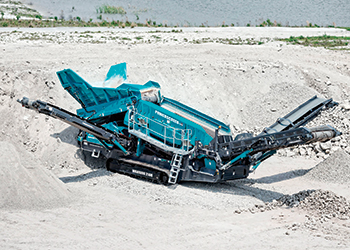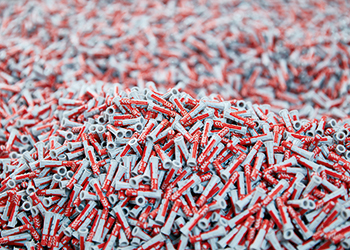
 DuoPower ... smart act.
DuoPower ... smart act.
Fischer, a world leader in fixing systems, has launched DuoPower, a two-component general fixing which is able to decide autonomously whether to expand, fold or knot in the construction material. The plug displays a high load-bearing capacity in all solid, perforated and board building materials.
The newly developed two-component fixing DuoPower consists of two synthetic materials: nylon and polypropylene. This varying materiality is mirrored in the optical design by the colours red and grey. The new, exceptional and attractive design makes for a strong recognition value and strengthens the brand position, says a spokesman for the Germany-based company.
The new fischer fixing does not just excel in looks; it is, in addition, strong and smart. Depending on the construction material, DuoPower activates the function principle best suited for the task thus guaranteeing the best bearing capacity in solid and perforated masonry as well as in board materials.
With its two components and three function principles (expanding, folding, knotting) the fixing widens the range of applications and copes with additional building materials and maximum loads.
Depending on the building material, the grey component, consisting of high-quality nylon, autonomously activates the best function principle thus ensuring the maximum load-bearing capacity. The red expansion wings support the safe wedging in solid materials and, in addition to the grey main body, offer extra safety. DuoPower, therefore, displays a considerably higher load-bearing capacity, he remarks.
The fixing expands in concrete and solid brick, folds in perforated brick and folds or knots in board materials. “These features make the new DuoPower the most-talented all-rounder among general fixings and open the door for users to a completely new performance class. In concrete, for example, the DuoPower is capable of bearing loads up to 2.0 kN (200 kg) and up to 1,85 kN (185 kg) in solid sandlime bricks,” he explains.
The combination of the red soft and the grey hard components ensures optimally tuned, easy screwing and tightening torques. The diameter of the screw can vary without the plug losing its high load-bearing capacity. Thus the user is given the best possible response by the anchor (feel-good factor) in order to ensure the best fixing. “He senses the moment when the plug fits perfectly and thus safely. The screw is easy to work with, does not overwind and tightens powerfully at the end of the installation,” he emphasises.
The pronounced anti-rotation locks expand into the building material and prevent the plug from rotating in the drill hole during the installation. Thus misapplication is avoided and refinishing unnecessary. A small rim prevents the plug from slipping into the drill hole and provides for both pre-positioned and push-through installations. The short length of the fixing guarantees a quick and efficient installation, since the small depth of the drill hole makes long drilling unnecessary and shorter screws can be used, thus saving time while preparing and executing the installation, he says.
The positioning, guidance and fixing of the screw in the screw channel is made easy by the conical opening section of the plug and the spacious plug neck. The closed fixing geometry prevents the drill dust from getting into the interior of the plug, providing for a better fixing function of the screw.
Wood- and chipboard screws as well as hanger bolts are suited for the installation of the fixing. To calculate the required screw length, the simple formula is: plug length + fixture thickness + 1 x screw diameter. If board materials are used, the threadless part of the screw must not be longer than the fixture, he adds.










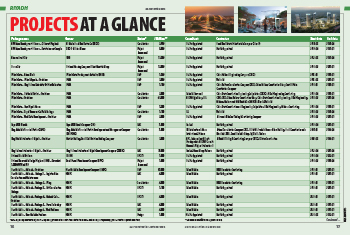




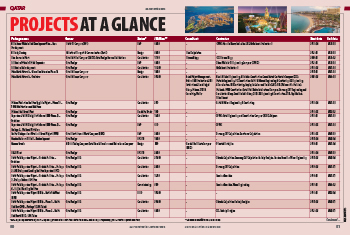
.jpg)

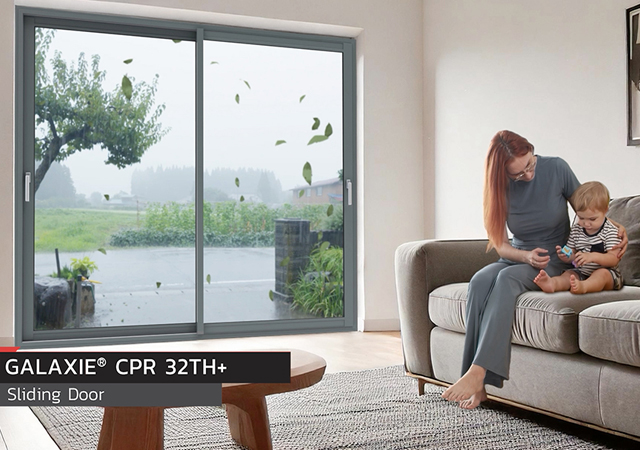



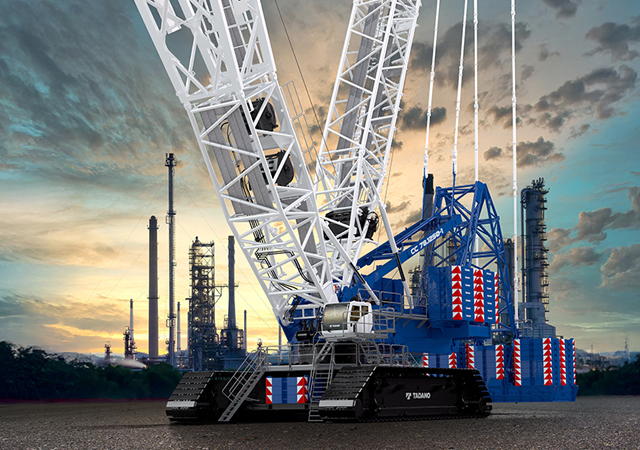




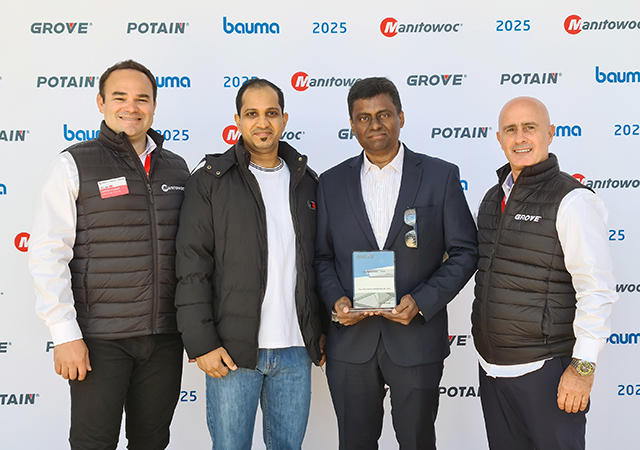

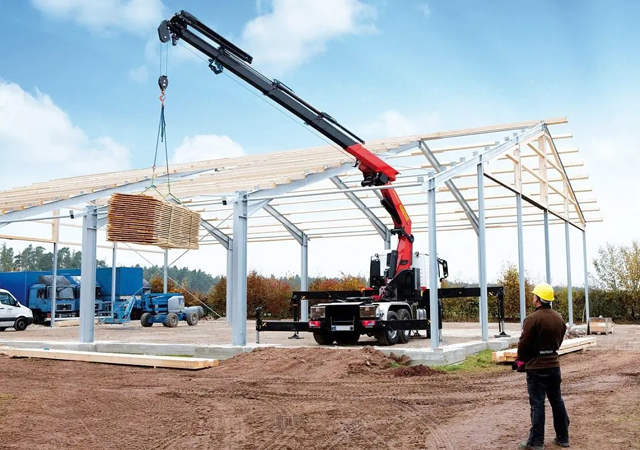
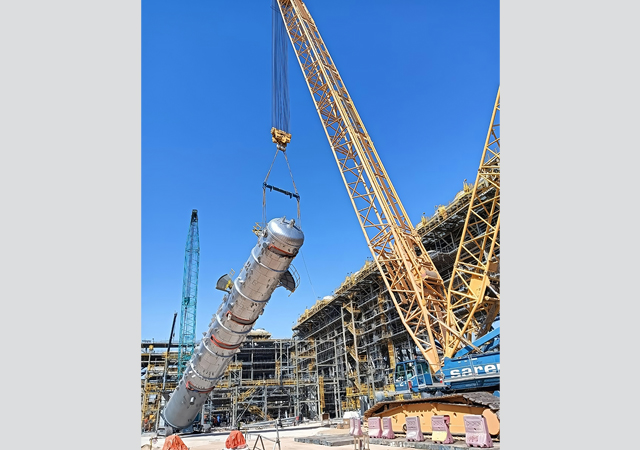
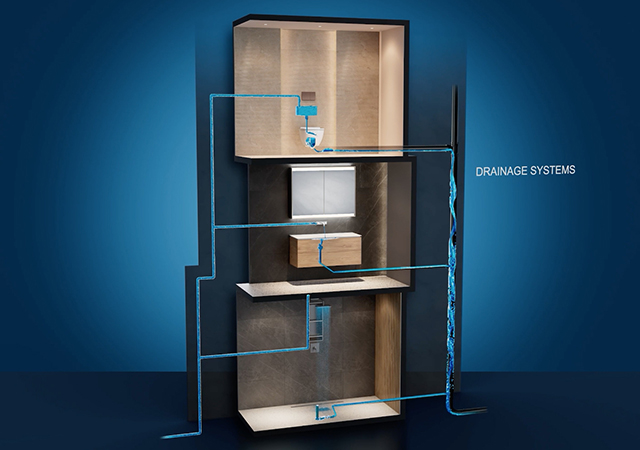





































.jpg)




.jpg)








